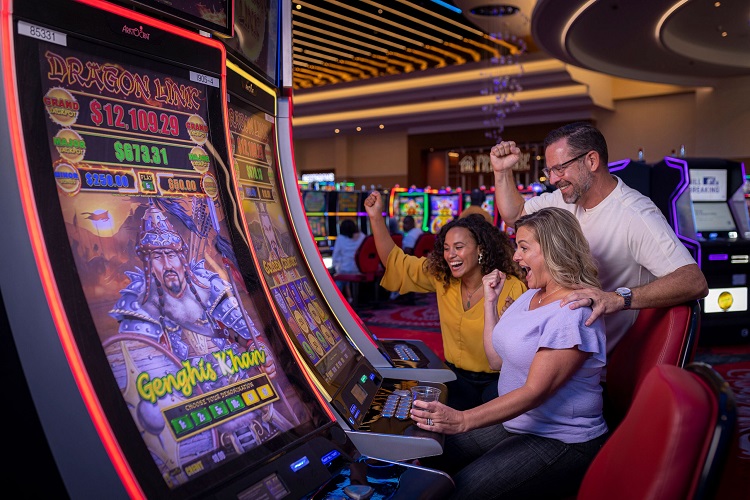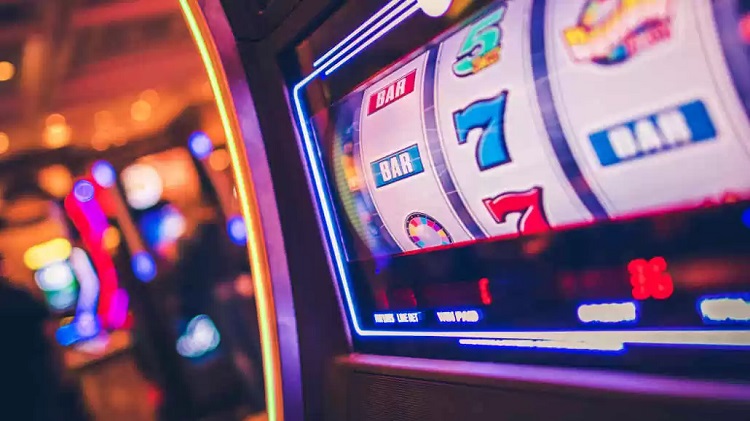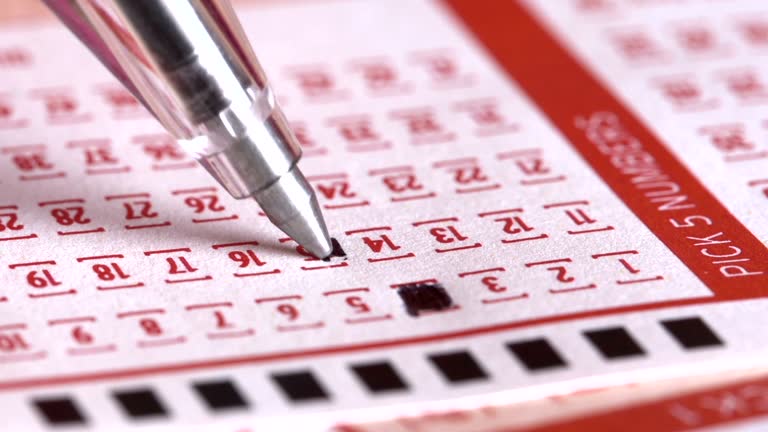Slot machines have evolved from simple mechanical devices to complex, immersive gaming systems. Despite these advancements, the core principle of slots remains the same: they rely on chance. However, players often incorporate strategies to manage their time, money, and emotions, and one of the most significant aspects of these strategies is the concept of stop-play dynamics.
This approach involves making deliberate decisions about when to stop or resume playing, influencing the player’s overall gaming experience and outcomes.
What Are Stop-Play Dynamics?
Stop-play dynamics refer to a player’s decision-making process regarding when to pause or cease playing slot machines and when to continue. These decisions often involve several factors, including budget limits, emotional state, session duration, and perceived game patterns.
Unlike other gambling strategies that focus solely on manipulating bets, stop-play dynamics centre on behavioural control and time management.
Key Elements of Stop-Play Dynamics
-
Setting Time Limits Players often impose time restrictions on their sessions to avoid excessive gameplay. These limits help maintain balance and prevent the game from consuming their schedule.
-
Budget Management Stop-play dynamics typically involve pre-determined budgets. Players decide beforehand how much they are willing to spend and stick to that limit, stopping once their budget is exhausted.
-
Emotional Awareness Recognising emotional triggers is essential. For instance, a player might decide to stop playing after a series of losses to avoid chasing losses or after a significant win to lock in profits.
-
Game Flow Observation Some players stop based on perceived patterns or outcomes, such as hitting a bonus round or noticing a streak of small wins or losses.
Why Stop-Play Dynamics Matter
Stop-play dynamics contribute to a more controlled and enjoyable gaming experience. They not only help players manage their finances but also reduce the risk of developing compulsive gambling habits. Understanding and implementing these dynamics can lead to improved decision-making, making the gaming session more structured and less stressful.
Promoting Responsible Gambling
Responsible gambling is a cornerstone of any enjoyable slot experience. By implementing stop-play dynamics, players can ensure they are engaging in the game responsibly, avoiding the pitfalls of overspending or excessive time investment.
Enhancing the Gaming Experience
Knowing when to stop can significantly enhance the entertainment value of slots. When players take breaks, they return with a refreshed mindset, which can make gameplay feel more exciting and less monotonous.
Minimising Losses and Maximising Wins
Stop-play dynamics also serve as a protective measure against losing streaks. By pausing or stopping at the right time, players can minimise losses and preserve their bankroll for future sessions. On the other hand, stopping after a big win ensures those gains are not quickly lost.
Strategies to Incorporate Stop-Play Dynamics
Time-Based Strategies
-
Scheduled Breaks Scheduling regular breaks during gameplay helps players maintain focus and avoid fatigue. For example, a player might take a five-minute break after every 30 minutes of play.
-
Session Time Limits Players can set a maximum session duration, such as an hour, and commit to stopping once that limit is reached, regardless of their current winnings or losses.
Budget-Control Strategies
-
Loss Limits Establishing a maximum loss limit is a crucial part of stop-play dynamics. Players decide on an amount they are willing to lose in a session and stop playing once that threshold is met.
-
Win Goals Setting a target profit ensures that players stop after achieving a specific win amount. This prevents them from giving back their winnings due to prolonged play.
Emotional Regulation Strategies
-
Recognising Tilt Tilt, a state of emotional frustration, can lead to poor decisions. Players who feel frustrated or overly excited should take a break to regain composure.
-
Post-Win Cooldown After a significant win, players may feel tempted to continue playing with heightened enthusiasm. Taking a moment to step back and evaluate can prevent impulsive decisions.
The Psychological Impact of Stop-Play Dynamics
Slot machines are designed to captivate players through visual and auditory stimuli. Without stop-play dynamics, it’s easy to get caught in a cycle of continuous play. Incorporating these dynamics helps players stay grounded, reducing the psychological pressures associated with gambling.
Combatting the Gambler’s Fallacy
The gambler’s fallacy is the mistaken belief that past outcomes influence future results in games of chance. Stop-play dynamics mitigate this by encouraging players to take breaks and reset their perspective, reducing the likelihood of making irrational decisions.
Fostering a Positive Relationship with Gaming
By actively managing their gameplay, players can foster a healthier relationship with slots. They are more likely to view the activity as a form of entertainment rather than a means to make money, leading to a more satisfying experience.
Tools and Techniques to Support Stop-Play Dynamics
Personal Timers and Alarms
Setting alarms or using smartphone timers is a simple way to implement time limits. Players can set these tools to alert them when it’s time to pause or end their session.
Casino Features
Many modern casinos and online platforms offer built-in tools like session reminders, loss limits, and self-exclusion options to support responsible gaming practices.
Journaling Gameplay
Maintaining a gambling journal allows players to track their sessions, including time spent, money won or lost, and emotional states. This information helps refine their stop-play strategies over time.
Common Challenges in Adopting Stop-Play Dynamics
While stop-play dynamics offer many benefits, players may face challenges when trying to adopt them. These challenges can include difficulty adhering to time or budget limits, emotional resistance to stopping, or a lack of awareness about their gaming patterns.
Overcoming Resistance to Stopping
Some players find it difficult to stop during a winning streak or after experiencing near-misses. Developing self-discipline and setting clear goals can help overcome this resistance.
Balancing Entertainment and Control
It’s essential to strike a balance between enjoying the game and maintaining control. Players should remind themselves that the primary purpose of slots is entertainment, not profit.
Adapting Stop-Play Dynamics to Different Slot Types
Progressive Jackpot Slots
For progressive slots, players may need to adjust their stop-play strategies due to the larger potential payouts. They might set stricter budget limits to account for the higher stakes.
High Volatility Slots
High volatility slots often have extended periods without wins, followed by significant payouts. Players should incorporate longer breaks to avoid frustration and manage their bankroll more effectively.
Low Volatility Slots
Low volatility slots provide smaller, frequent wins. Stop-play strategies for these games might involve shorter sessions to prevent boredom or diminishing returns.


